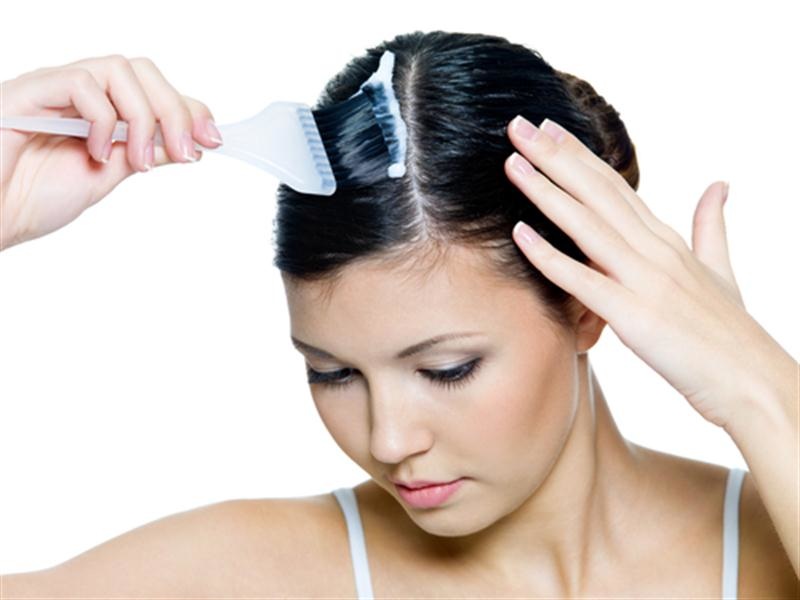
The study – led by researchers from Rutgers University in New Brunswick, NJ – is published in the journal Carcinogenesis.
Breast cancer is cancer that starts in breast cells. It is the second most common cancer worldwide, and the most common in women. In 2012, there were nearly 1.7 million global cases of breast cancer diagnosed in women.
In the United States, breast cancer is the second most common cancer in women, after skin cancer.
Although deaths to breast cancer have been falling in the U.S., it remains the second biggest cause of death from cancer for all women, and black women are at higher risk of dying from it than white women.
Men can get breast cancer too, as they are also born with breast cells. However, rates of breast cancer among men are much lower.
Every year in the U.S., around 220,000 women and 2,000 men are diagnosed with breast cancer, and approximately 40,000 women and 400 men die of the disease.
The risk of developing breast cancer is related to a number of factors, some of which cannot be changed. However, many can be changed. Among the factors that cannot be changed are getting older, genetics, and age of first menstrual period. Among those that can be changed are physical activity, use of alcohol, and use of some forms of hormone replacement therapy and contraceptive pills.
Hair products and breast cancer
In their study report, the researchers explain that there is conflicting evidence on whether use of hair products, some of which contain cancer-causing chemicals, or carcinogens, can raise the risk of breast cancer in women.
Some of the evidence comes from animal testing, and some of it comes from studies in defined human populations. However, research in human populations has tended to focus on hair dyes, with mixed results.
So, to find some clearer answers, the team analysed data on 4,285 women taking part in the Women’s Circle of Health Study, which aims to understand breast cancer in black women.
Of the 4,285 total number of women studied, 2,280 had breast cancer (1,508 black and 772 white women), and 2,005 did not (1,290 black and 715 white women). The women’s ages ranged from 20 to 75 years.
The data included the usual information about social and economic background, as well as extensive information about factors that might affect breast cancer risk, such as: history of personal and family health, exposure before birth, use of hormones, reproductive history, physical activity, alcohol use, smoking history, vitamin use, and hair product use.
The researchers investigated links between raised risk of breast cancer and use of hair products, with particular focus on the use of hair dyes, use of products for relaxing or straightening hair, and use of creams containing cholesterol or placenta for deep conditioning of hair.
Some hair products linked to raised risk
The records showed that among the women without breast cancer, use of hair dyes was more common in white women than black women (58 percent and 30 percent, respectively), whereas use of relaxers was less common in white women (5 percent compared with 88 percent of black women), as was use of deep conditioner (6 percent compared with 59 percent).
When they analysed the data, the researchers found some significant links between raised risk for breast cancer and use of hair dyes and chemical relaxers, or straighteners, and that the patterns of risk differed between white women and black women.
For example, for black women, they found that use of dark shades of hair dye was linked to an overall higher risk of breast cancer (odds ratio compared to non-use was 1.51), and an even higher risk of estrogen positive breast cancer (with an odds ratio of 1.72).
For white women, the analysis found that use of relaxers, or straighteners, either alone or together with hair dyes, was linked to raised risk of breast cancer (odds ratios were 1.74 and 2.40, respectively).
Among white women, there was also a raised risk of estrogen positive breast cancer with use of dark hair dyes (odds ratio of 1.54) and raised risk of estrogen negative breast cancer with use of relaxers (odds ratio of 2.56).
The authors conclude that these findings support the idea of a relationship between use of certain hair products and a raised risk of breast cancer.
They suggest:
“Further examinations of hair products as important exposures contributing to breast cancer carcinogenesis are necessary.”
Source: Medical News Today


